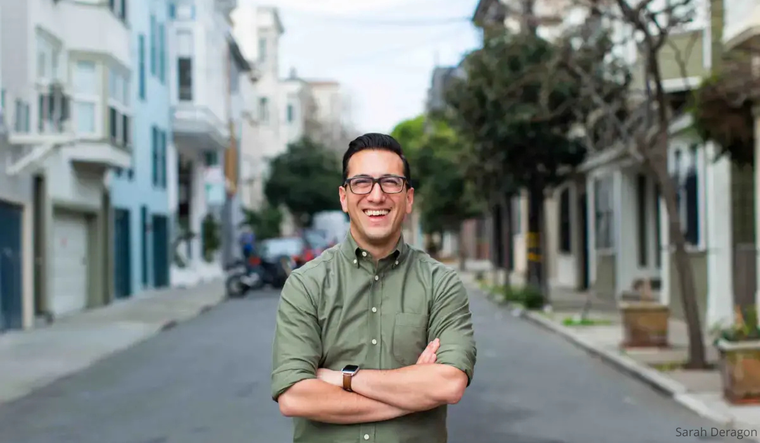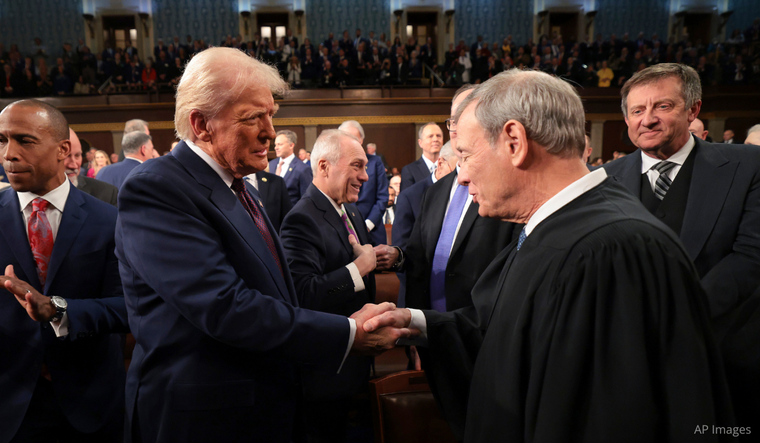The 5 Love Languages Celebrates Its 30th Anniversary—and It’s As Popular As Ever
During his early years of marriage counseling, Gary Chapman, PhD, started noticing that couples were missing each other when it came to how they expressed love. One would say, “I feel like he/she doesn’t love me” and the other would say, “I try to show him/her I love her—I don’t know what else to do.”
Chapman went through a dozen years of notes he’d made while counseling couples and a theme emerged: When people complained about not feeling loved, their reasons fell into five categories—ones he’d ultimately call “love languages” in his 1992 book The Five Love Languages: How to Express Heartfelt Commitment to Your Mate. (For the un-initiated, these “love languages” are acts of service, gift-giving, physical touch, quality time, and words of affirmation.)
The book quickly became a mega-best seller and has spent the last 30 years on and off the best-seller list. In fact, as a 2019 article in The Atlantic put it, “The idea that there are five distinct ‘love languages’ may be as familiar to some people today as the idea that there are seven continents, four seasons, or three Stooges.”
The theory is that all of us have a primary love language, and if we understand both our language as well as our beloved’s, the ways we receive and express love will have the best shot of actually resonating. Considering the book’s everlasting popularity (it’s sold more than 20 million copies around the world!), it’s safe to say Chapman was on to something. For more info on the book, visit 5lovelanguages.com or purchase the book here.
Please note that we may receive affiliate commissions from the sales of linked products.



